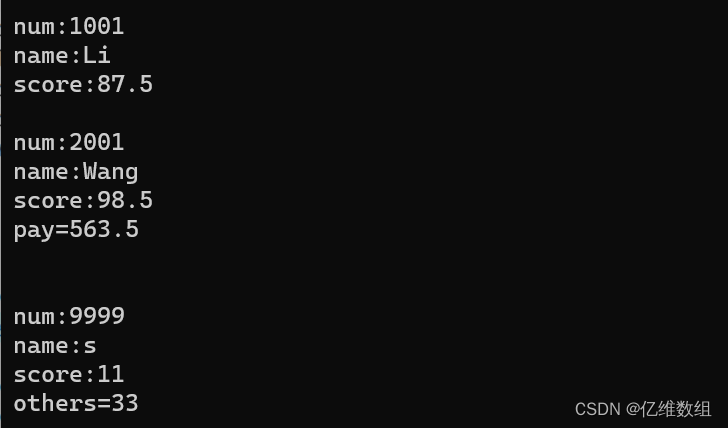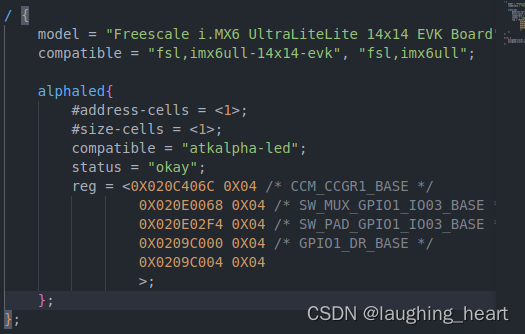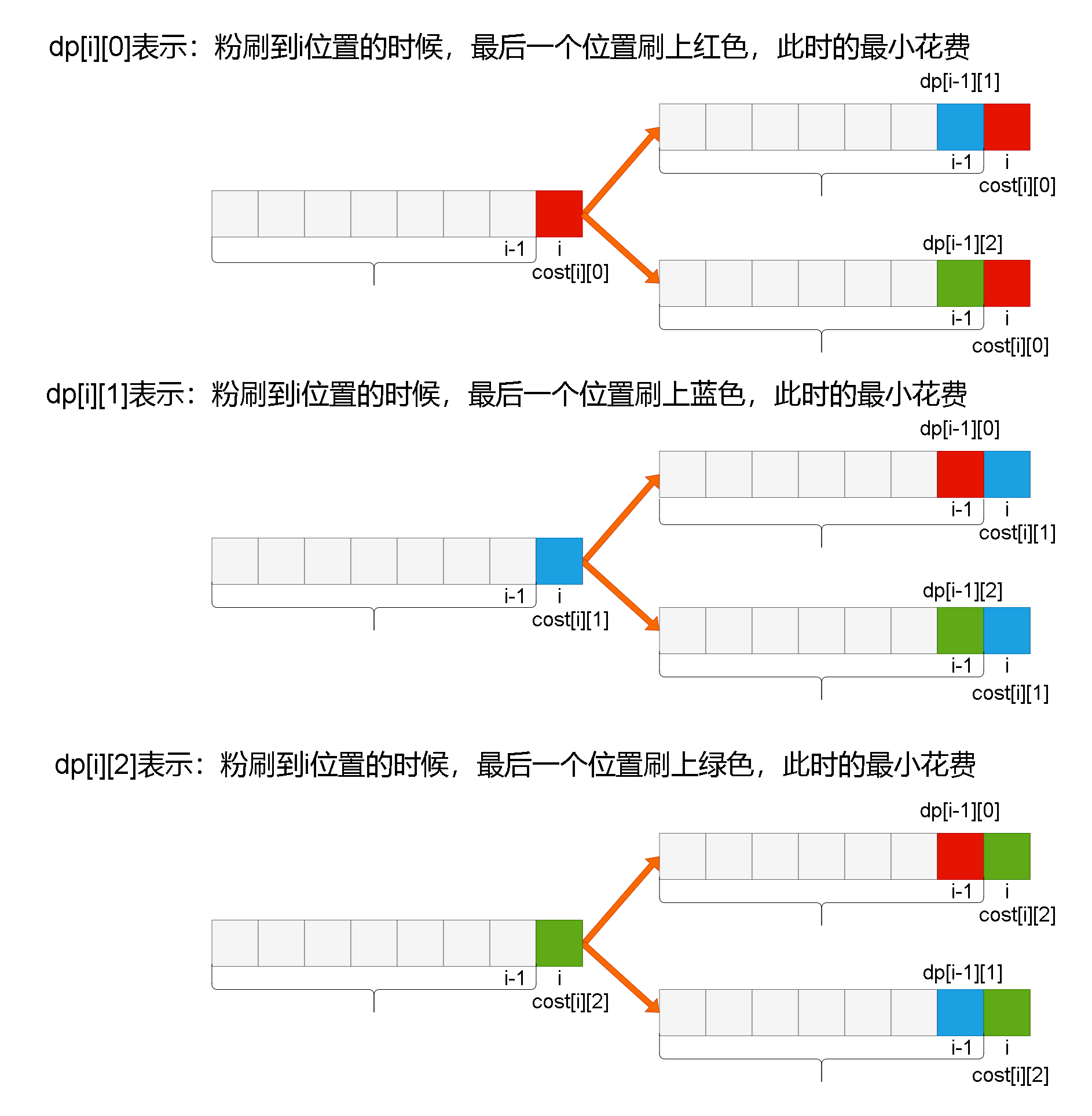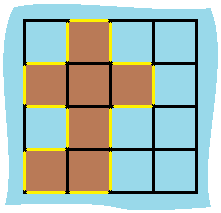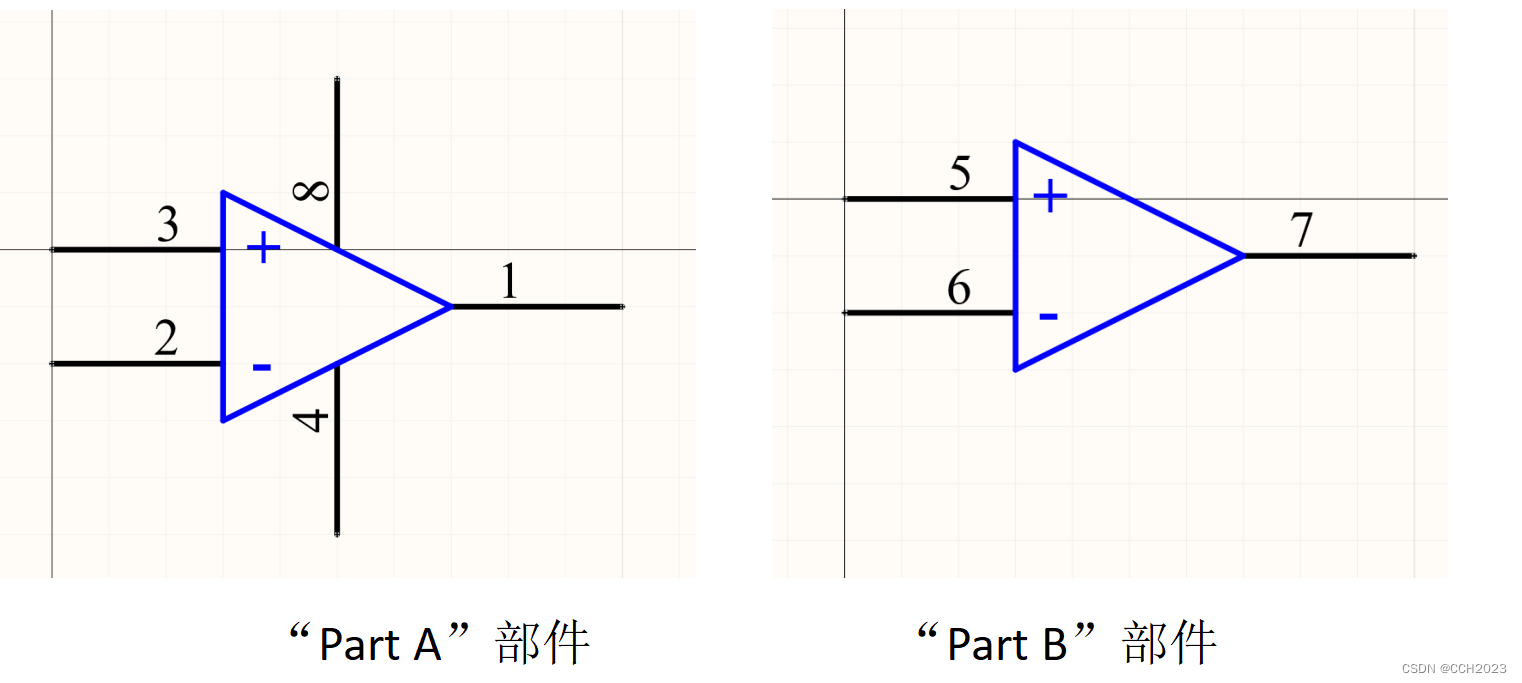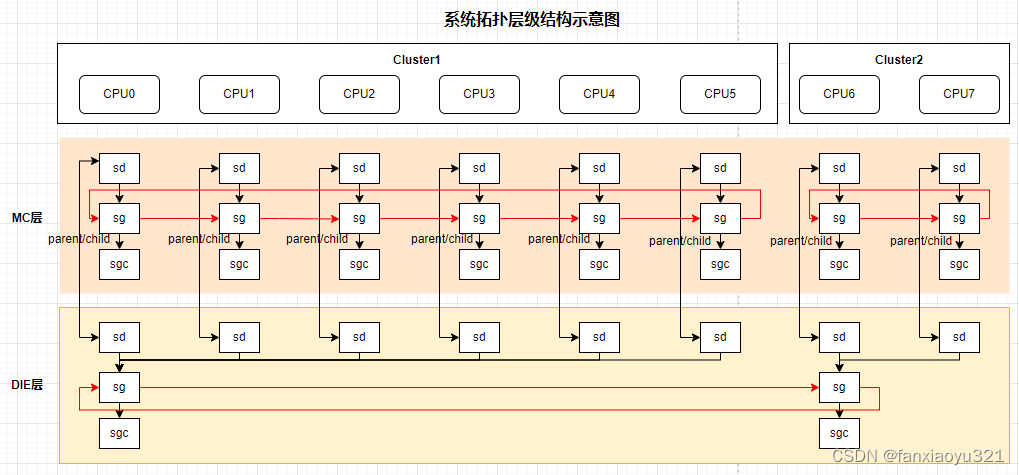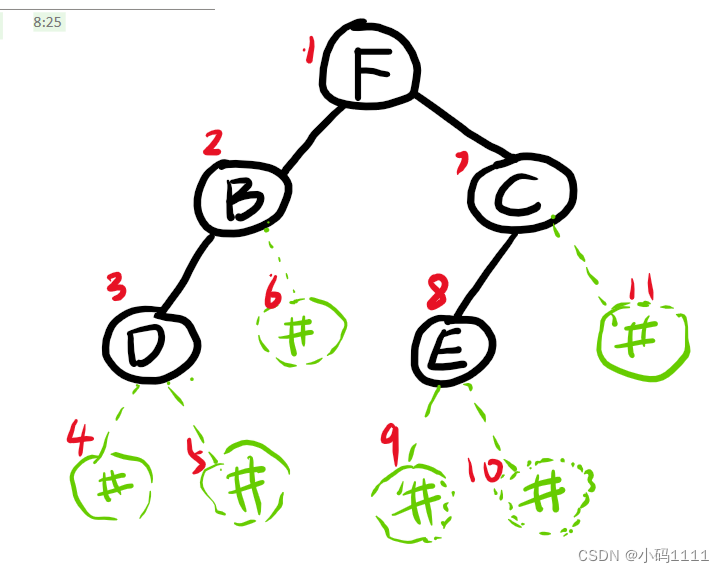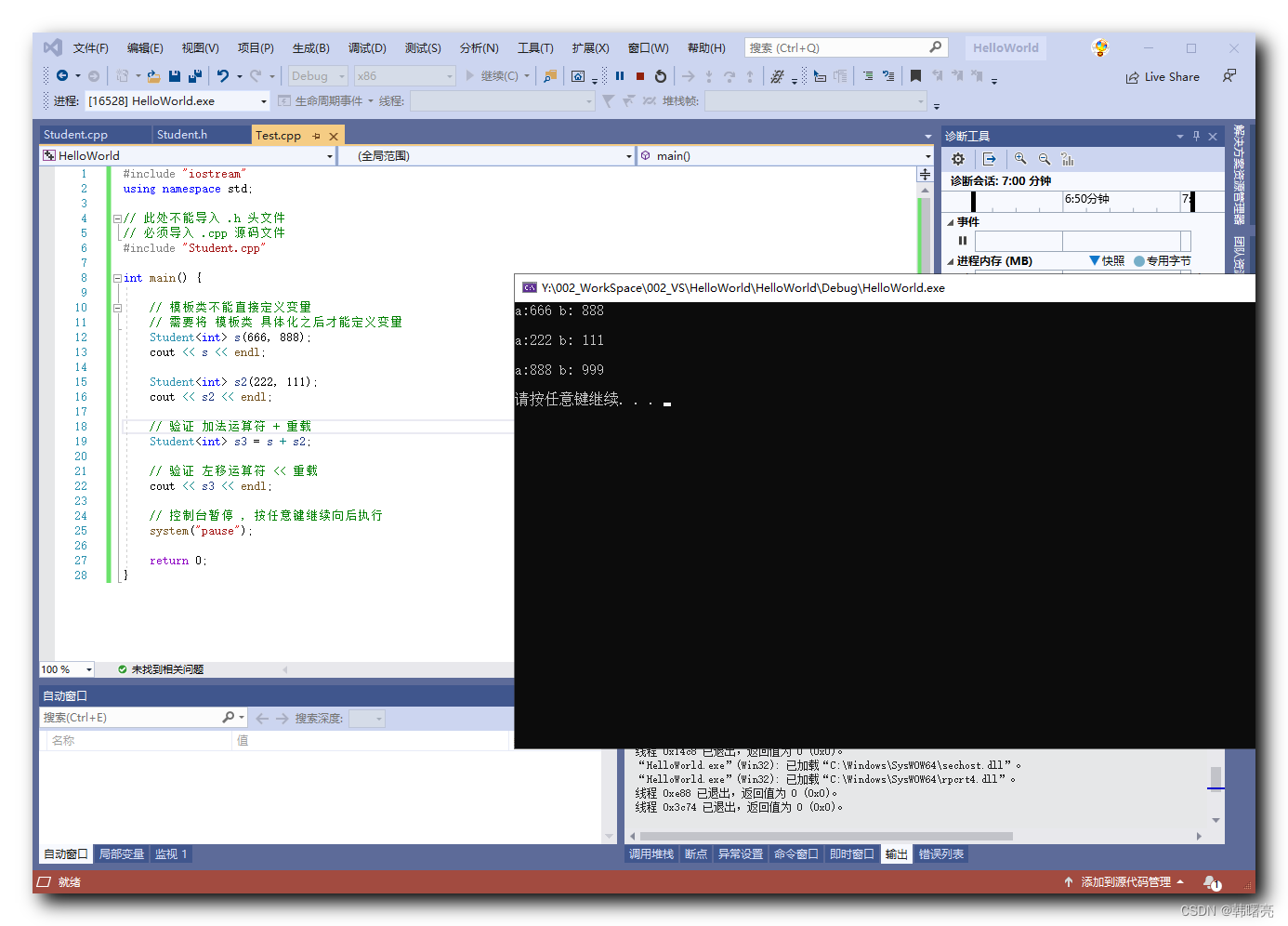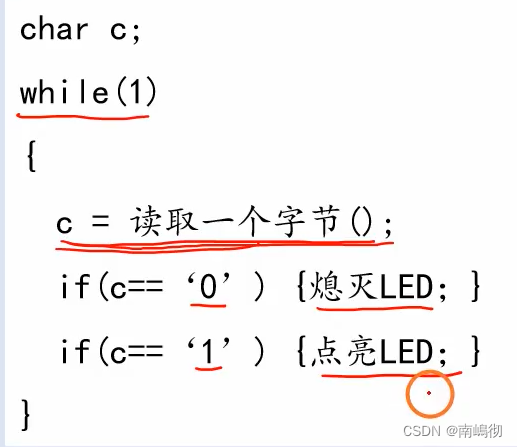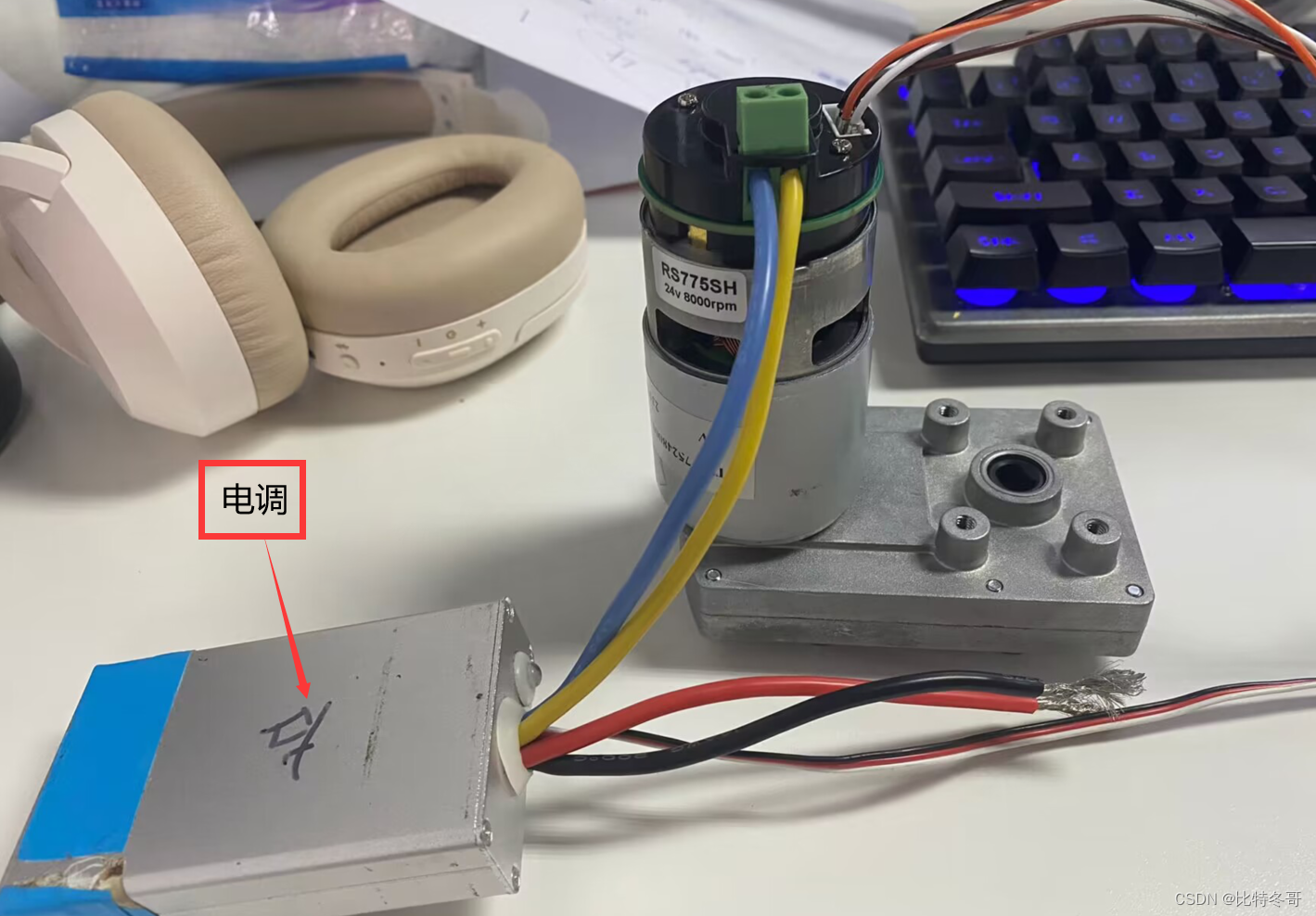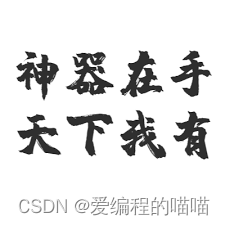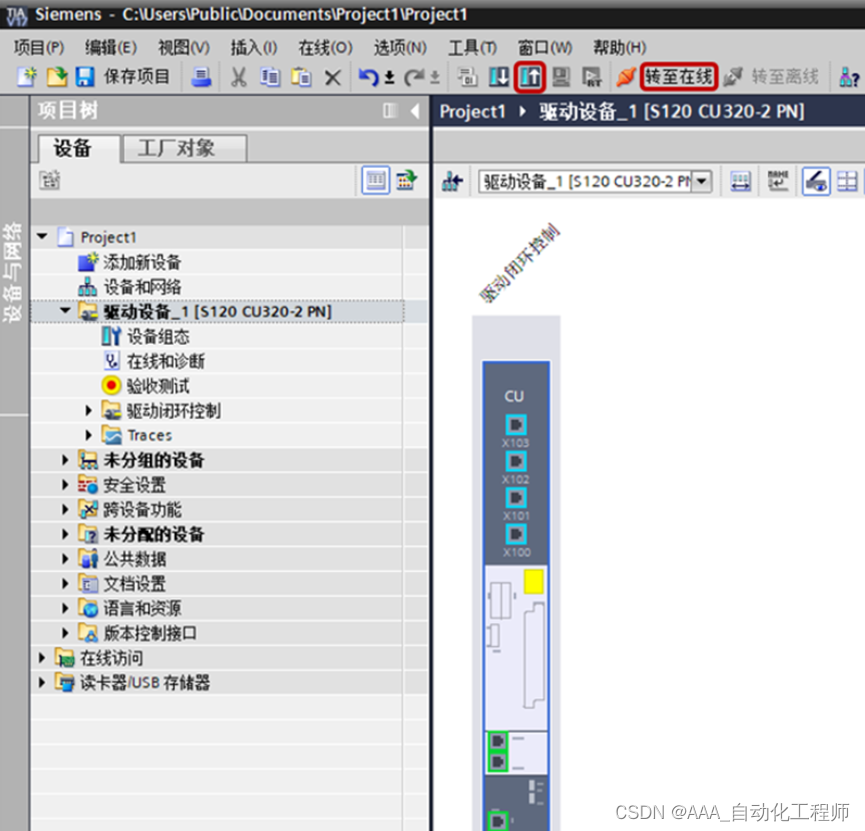目录
1、ProcessFunction解析
1.1 抽象方法.processElement()
1.2 非抽象方法.onTimer()
2、Flink中8个不同的处理函数
2.1 ProcessFunction
2.2 KeyedProcessFunction
2.3 ProcessWindowFunction
2.4 ProcessAllWindowFunction
2.5 CoProcessFunction
2.6 ProcessJoinFunction
2.7 BroadcastProcessFunction
2.8 KeyedBroadcastProcessFunction
3、按键分区处理函数
3.1 定时器(Timer)和定时服务(TimerService)
4、窗口处理函数
4.1 窗口函数使用
4.2 ProcessWindowFunction解析
它是底层提炼的一个可以自定义处理逻辑的操作,被叫作“处理函数”(process function)。
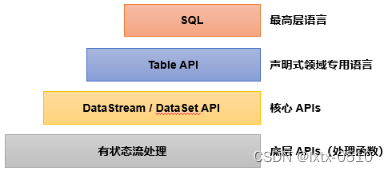
1、ProcessFunction解析
在源码中我们可以看到,抽象类ProcessFunction继承了AbstractRichFunction,有两个泛型类型参数:I表示Input,也就是输入的数据类型;O表示Output,也就是处理完成之后输出的数据类型。
内部单独定义了两个方法:一个是必须要实现的抽象方法.processElement();另一个是非抽象方法.onTimer()。
public abstract class ProcessFunction<I, O> extends AbstractRichFunction {
...
public abstract void processElement(I value, Context ctx, Collector<O> out) throws Exception;
public void onTimer(long timestamp, OnTimerContext ctx, Collector<O> out) throws Exception {}
...
}1.1 抽象方法.processElement()
用于“处理元素”,定义了处理的核心逻辑。这个方法对于流中的每个元素都会调用一次,参数包括三个:输入数据值value,上下文ctx,以及“收集器”(Collector)out。方法没有返回值,处理之后的输出数据是通过收集器out来定义的。
- value:当前流中的输入元素,也就是正在处理的数据,类型与流中数据类型一致。
- ctx:类型是ProcessFunction中定义的内部抽象类Context,表示当前运行的上下文,可以获取到当前的时间戳,并提供了用于查询时间和注册定时器的“定时服务”(TimerService),以及可以将数据发送到“侧输出流”(side output)的方法.output()。
- out:“收集器”(类型为Collector),用于返回输出数据。使用方式与flatMap算子中的收集器完全一样,直接调用out.collect()方法就可以向下游发出一个数据。这个方法可以多次调用,也可以不调用。
通过几个参数的分析不难发现,ProcessFunction可以轻松实现flatMap、map、filter这样的基本转换功能;而通过富函数提供的获取上下文方法.getRuntimeContext(),也可以自定义状态(state)进行处理,这也就能实现聚合操作的功能了。
1.2 非抽象方法.onTimer()
定时方法.onTimer()也有三个参数:时间戳(timestamp),上下文(ctx),以及收集器(out)。这里的timestamp是指设定好的触发时间,事件时间语义下当然就是水位线了。另外这里同样有上下文和收集器,所以也可以调用定时服务(TimerService),以及任意输出处理之后的数据。
注意:在Flink中,只有“按键分区流”KeyedStream才支持设置定时器的操作。
2、Flink中8个不同的处理函数
2.1 ProcessFunction
最基本的处理函数,基于DataStream直接调用.process()时作为参数传入。
2.2 KeyedProcessFunction
对流按键分区后的处理函数,基于KeyedStream调用.process()时作为参数传入。要想使用定时器,比如基于KeyedStream。
2.3 ProcessWindowFunction
开窗之后的处理函数,也是全窗口函数的代表。基于WindowedStream调用.process()时作为参数传入。
2.4 ProcessAllWindowFunction
同样是开窗之后的处理函数,基于AllWindowedStream调用.process()时作为参数传入。
2.5 CoProcessFunction
合并(connect)两条流之后的处理函数,基于ConnectedStreams调用.process()时作为参数传入。关于流的连接合并操作,我们会在后续章节详细介绍。
2.6 ProcessJoinFunction
间隔连接(interval join)两条流之后的处理函数,基于IntervalJoined调用.process()时作为参数传入。
2.7 BroadcastProcessFunction
广播连接流处理函数,基于BroadcastConnectedStream调用.process()时作为参数传入。这里的“广播连接流”BroadcastConnectedStream,是一个未keyBy的普通DataStream与一个广播流(BroadcastStream)做连接(conncet)之后的产物。关于广播流的相关操作,我们会在后续章节详细介绍。
2.8 KeyedBroadcastProcessFunction
按键分区的广播连接流处理函数,同样是基于BroadcastConnectedStream调用.process()时作为参数传入。与BroadcastProcessFunction不同的是,这时的广播连接流,是一个KeyedStream与广播流(BroadcastStream)做连接之后的产物。
3、按键分区处理函数
只有在KeyedStream中才支持使用TimerService设置定时器的操作。所以一般情况下,我们都是先做了keyBy分区之后,再去定义处理操作;代码中更加常见的处理函数是KeyedProcessFunction。
3.1 定时器(Timer)和定时服务(TimerService)
定时服务与当前运行的环境有关。ProcessFunction的上下文(Context)中提供了.timerService()方法,可以直接返回一个TimerService对象。TimerService是Flink关于时间和定时器的基础服务接口,包含以下六个方法:
// 获取当前的处理时间
long currentProcessingTime();
// 获取当前的水位线(事件时间)
long currentWatermark();
// 注册处理时间定时器,当处理时间超过time时触发
void registerProcessingTimeTimer(long time);
// 注册事件时间定时器,当水位线超过time时触发
void registerEventTimeTimer(long time);
// 删除触发时间为time的处理时间定时器
void deleteProcessingTimeTimer(long time);
// 删除触发时间为time的处理时间定时器
void deleteEventTimeTimer(long time);TimerService会以键(key)和时间戳为标准,对定时器进行去重;也就是说对于每个key和时间戳,最多只有一个定时器,如果注册了多次,onTimer()方法也将只被调用一次。
public class KeyedProcessTimerDemo {
public static void main(String[] args) throws Exception {
StreamExecutionEnvironment env = StreamExecutionEnvironment.getExecutionEnvironment();
env.setParallelism(1);
SingleOutputStreamOperator<WaterSensor> sensorDS = env
.socketTextStream("hadoop102", 7777)
.map(new WaterSensorMapFunction())
.assignTimestampsAndWatermarks(
WatermarkStrategy
.<WaterSensor>forBoundedOutOfOrderness(Duration.ofSeconds(3))
.withTimestampAssigner((element, ts) -> element.getTs() * 1000L)
);
KeyedStream<WaterSensor, String> sensorKS = sensorDS.keyBy(sensor -> sensor.getId());
// TODO Process:keyed
SingleOutputStreamOperator<String> process = sensorKS.process(
new KeyedProcessFunction<String, WaterSensor, String>() {
/**
* 来一条数据调用一次
* @param value
* @param ctx
* @param out
* @throws Exception
*/
@Override
public void processElement(WaterSensor value, Context ctx, Collector<String> out) throws Exception {
//获取当前数据的key
String currentKey = ctx.getCurrentKey();
// TODO 1.定时器注册
TimerService timerService = ctx.timerService();
// 1、事件时间的案例
Long currentEventTime = ctx.timestamp(); // 数据中提取出来的事件时间
timerService.registerEventTimeTimer(5000L);
System.out.println("当前key=" + currentKey + ",当前时间=" + currentEventTime + ",注册了一个5s的定时器");
// 2、处理时间的案例
// long currentTs = timerService.currentProcessingTime();
// timerService.registerProcessingTimeTimer(currentTs + 5000L);
// System.out.println("当前key=" + currentKey + ",当前时间=" + currentTs + ",注册了一个5s后的定时器");
// 3、获取 process的 当前watermark
// long currentWatermark = timerService.currentWatermark();
// System.out.println("当前数据=" + value + ",当前watermark=" + currentWatermark);
// 注册定时器: 处理时间、事件时间
// timerService.registerProcessingTimeTimer();
// timerService.registerEventTimeTimer();
// 删除定时器: 处理时间、事件时间
// timerService.deleteEventTimeTimer();
// timerService.deleteProcessingTimeTimer();
// 获取当前时间进展: 处理时间-当前系统时间, 事件时间-当前watermark
// long currentTs = timerService.currentProcessingTime();
// long wm = timerService.currentWatermark();
}
/**
* TODO 2.时间进展到定时器注册的时间,调用该方法
* @param timestamp 当前时间进展,就是定时器被触发时的时间
* @param ctx 上下文
* @param out 采集器
* @throws Exception
*/
@Override
public void onTimer(long timestamp, OnTimerContext ctx, Collector<String> out) throws Exception {
super.onTimer(timestamp, ctx, out);
String currentKey = ctx.getCurrentKey();
System.out.println("key=" + currentKey + "现在时间是" + timestamp + "定时器触发");
}
}
);
process.print();
env.execute();
}
}4、窗口处理函数
除了KeyedProcessFunction,另外一大类常用的处理函数,就是基于窗口的ProcessWindowFunction和ProcessAllWindowFunction了。
4.1 窗口函数使用
stream.keyBy( t -> t.f0 )
.window( TumblingEventTimeWindows.of(Time.seconds(10)) )
.process(new MyProcessWindowFunction())4.2 ProcessWindowFunction解析
public abstract class ProcessWindowFunction<IN, OUT, KEY, W extends Window> extends AbstractRichFunction {
...
public abstract void process(
KEY key, Context context, Iterable<IN> elements, Collector<OUT> out) throws Exception;
public void clear(Context context) throws Exception {}
public abstract class Context implements java.io.Serializable {...}
}ProcessWindowFunction依然是一个继承了AbstractRichFunction的抽象类,它有四个类型参数:
- IN:input,数据流中窗口任务的输入数据类型。
- OUT:output,窗口任务进行计算之后的输出数据类型。
- KEY:数据中键key的类型。
- W:窗口的类型,是Window的子类型。一般情况下我们定义时间窗口,W就是TimeWindow。
ProcessWindowFunction里面处理数据的核心方法.process()。方法包含四个参数。
- key:窗口做统计计算基于的键,也就是之前keyBy用来分区的字段。
- context:当前窗口进行计算的上下文,它的类型就是ProcessWindowFunction内部定义的抽象类Context。
- elements:窗口收集到用来计算的所有数据,这是一个可迭代的集合类型。
- out:用来发送数据输出计算结果的收集器,类型为Collector。
可以明显看出,这里的参数不再是一个输入数据,而是窗口中所有数据的集合。而上下文context所包含的内容也跟其他处理函数有所差别:
public abstract class Context implements java.io.Serializable {
public abstract W window();
public abstract long currentProcessingTime();
public abstract long currentWatermark();
public abstract KeyedStateStore windowState();
public abstract KeyedStateStore globalState();
public abstract <X> void output(OutputTag<X> outputTag, X value);
}除了可以通过.output()方法定义侧输出流不变外,其他部分都有所变化。这里不再持有TimerService对象,只能通过currentProcessingTime()和currentWatermark()来获取当前时间,所以失去了设置定时器的功能;另外由于当前不是只处理一个数据,所以也不再提供.timestamp()方法。与此同时,也增加了一些获取其他信息的方法:比如可以通过.window()直接获取到当前的窗口对象,也可以通过.windowState()和.globalState()获取到当前自定义的窗口状态和全局状态。注意这里的“窗口状态”是自定义的,不包括窗口本身已经有的状态,针对当前key、当前窗口有效;而“全局状态”同样是自定义的状态,针对当前key的所有窗口有效。
所以我们会发现,ProcessWindowFunction中除了.process()方法外,并没有.onTimer()方法,而是多出了一个.clear()方法。从名字就可以看出,这主要是方便我们进行窗口的清理工作。如果我们自定义了窗口状态,那么必须在.clear()方法中进行显式地清除,避免内存溢出。
至于另一种窗口处理函数ProcessAllWindowFunction,它的用法非常类似。区别在于它基于的是AllWindowedStream,相当于对没有keyBy的数据流直接开窗并调用.process()方法:
stream.windowAll( TumblingEventTimeWindows.of(Time.seconds(10)) )
.process(new MyProcessAllWindowFunction())